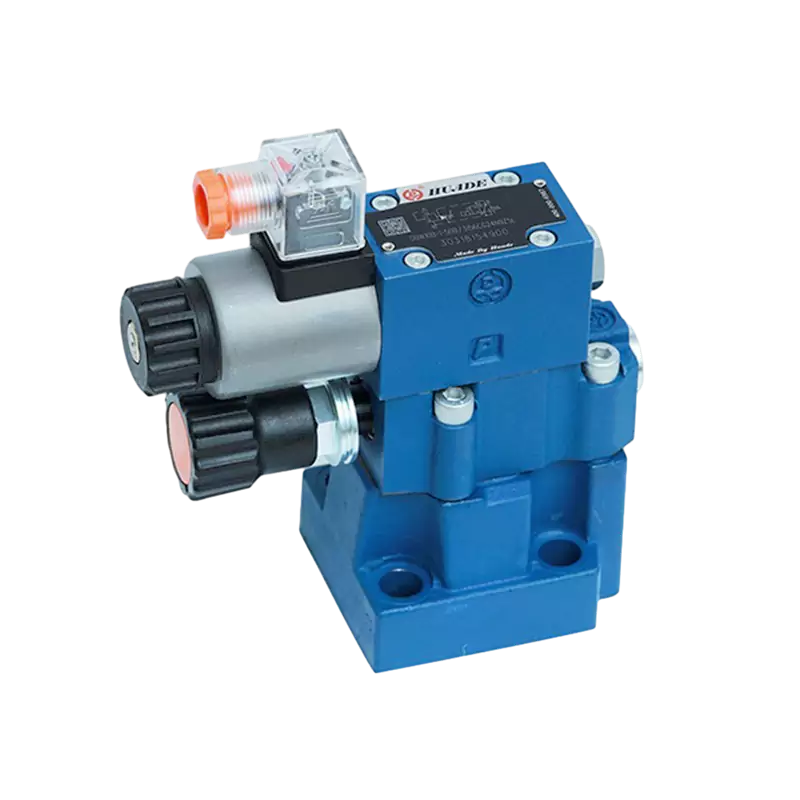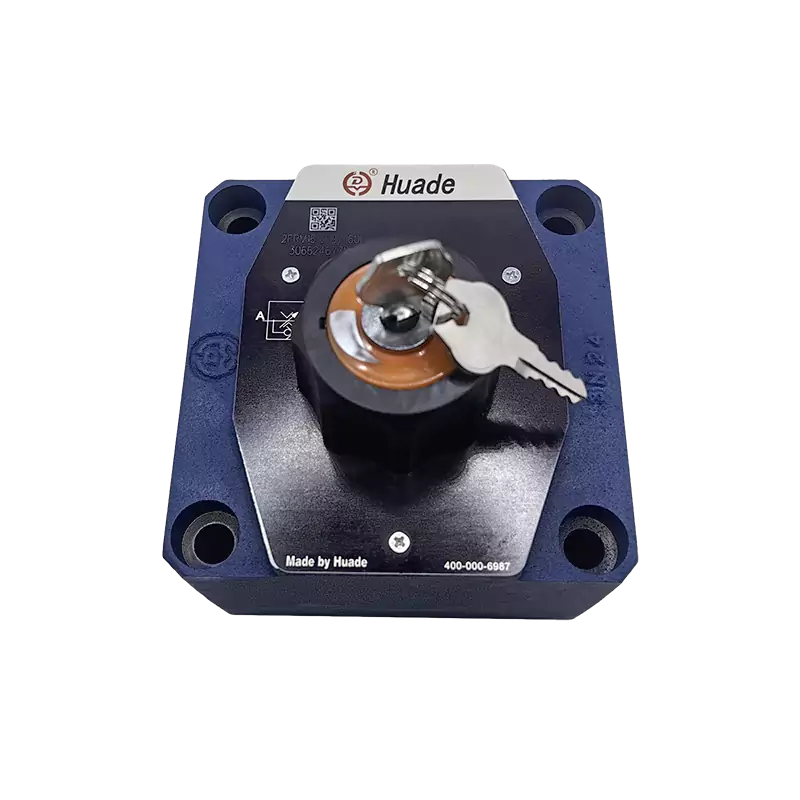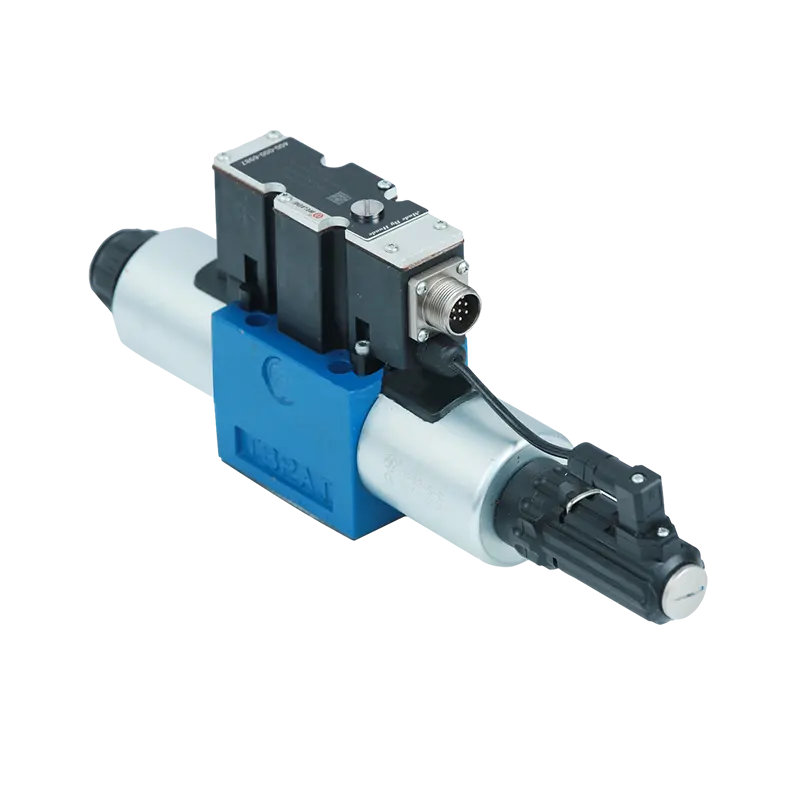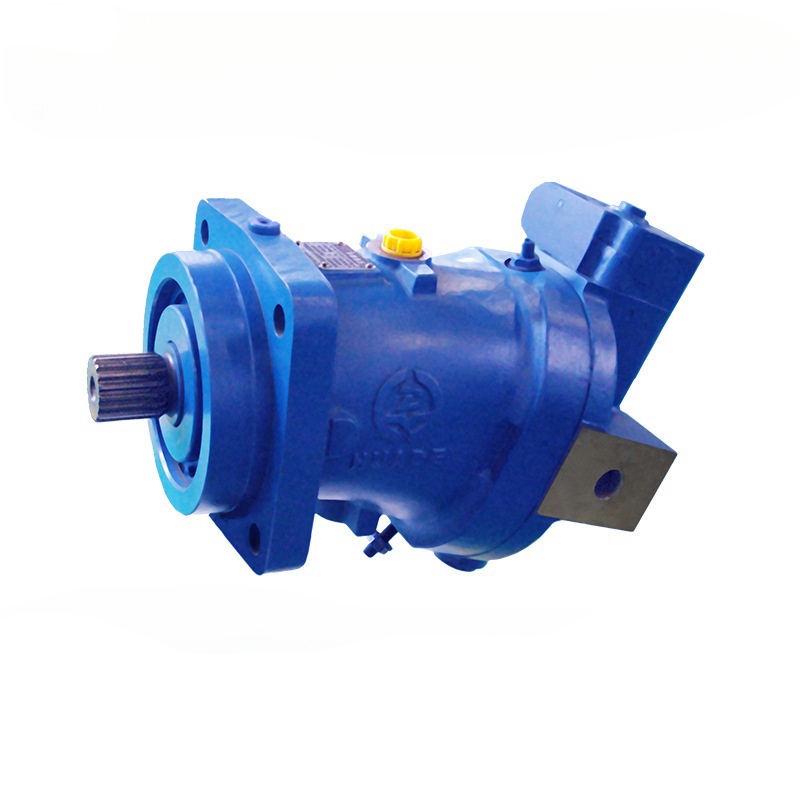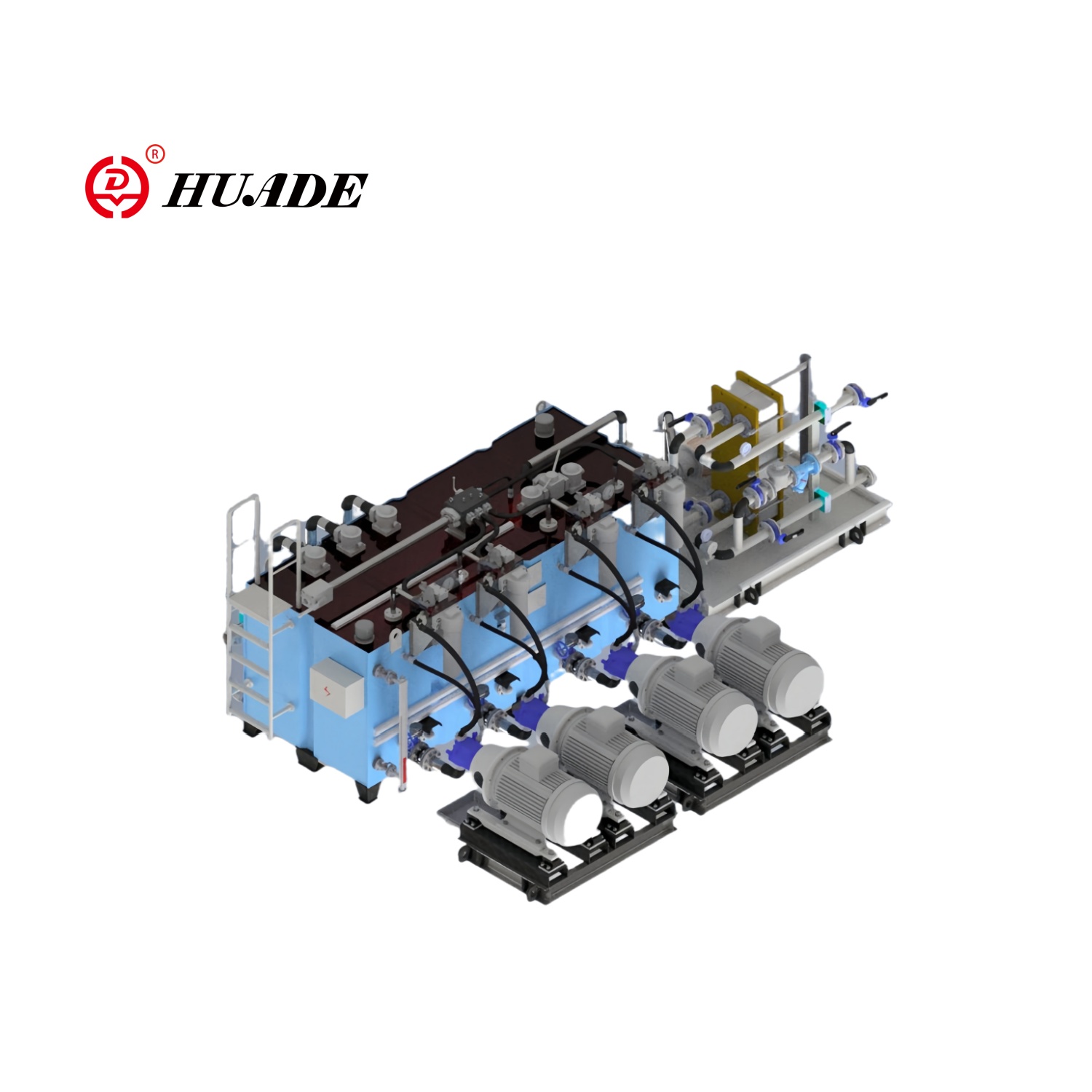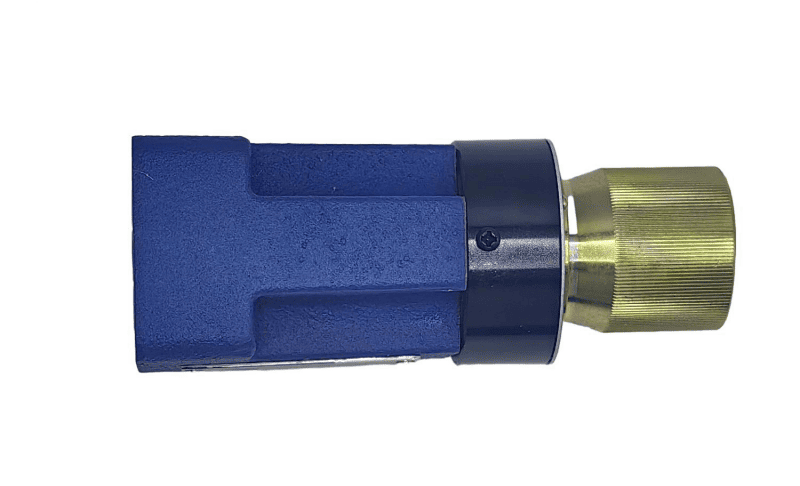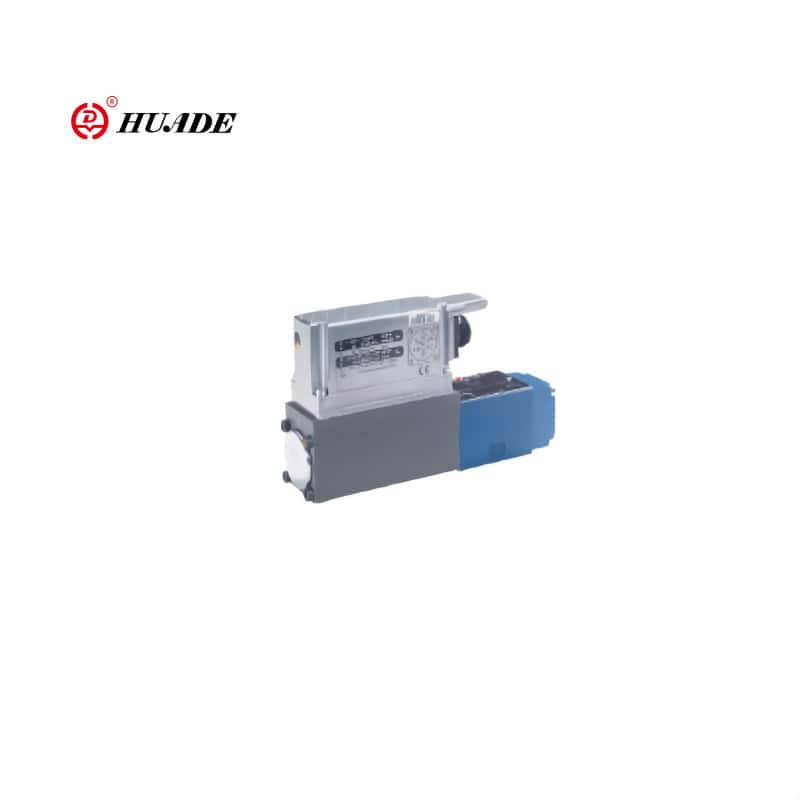
Have you ever wondered how heavy machinery gets the power to lift tons of weight or how airplanes control their landing gear? The answer often lies in hydraulic systems, and at the heart of many of these systems are piston pumps. Today, we'll explore two main types: axial and radial piston pumps.
What Are Piston Pumps?
Before we dive into the differences, let's understand what piston pumps do. Think of them as the heart of hydraulic systems. Just like your heart pumps blood through your body, these pumps move hydraulic fluid through machines to create power.
Piston pumps are special because they can create very high pressure and work efficiently. This makes them perfect for heavy-duty jobs like construction equipment, airplane systems, and industrial machines.
Axial Piston Pumps: The Compact Powerhouse
How They Work
An axial piston pump has pistons that line up parallel to the drive shaft, like soldiers standing in formation. The magic happens with something called a "swashplate" - imagine a tilted plate that the pistons push against as they spin around.
When the pump spins, the pistons move back and forth in their cylinders. This creates suction to pull fluid in and pressure to push it out. It's like a bunch of bicycle pumps working together in perfect timing.
Key Features
Compact design
These pumps pack a lot of power into a small space
Variable flow
You can adjust how much fluid they pump by changing the swashplate angle
High speed
They can spin very fast (1,500-3,000+ times per minute)
Smooth operation
They create steady flow with little vibration
Where You'll Find Them
- Construction equipment (excavators, bulldozers)
- Airplane systems (landing gear, flight controls)
- High-pressure cleaning systems
- Precision manufacturing machines
Radial Piston Pumps: The Heavy-Duty Champion
How They Work
Radial piston pumps arrange their pistons like spokes on a bicycle wheel - they point outward from the center. An eccentric shaft (which is off-center) or cam pushes the pistons in and out as it spins.
Think of it like a flower with petals that open and close. As each "petal" (piston) moves out, it sucks in fluid. When it moves back in, it pushes the fluid out with great force.
Key Features
Ultra-high pressure
Can handle extreme pressure (up to 1,000 bar)
Simple design
Fewer complex parts mean easier repairs
Quiet operation
Less noise and vibration
Tough construction
Built to last in harsh conditions
Where You'll Find Them
- Heavy industrial presses
- Ship propulsion systems
- Mining equipment
- Testing machines that need extreme pressure
Side-by-Side Comparison
| Feature | Axial Piston Pump | Radial Piston Pump |
|---|---|---|
| Size | Compact and lightweight | Larger but very sturdy |
| Pressure | Up to 415 bar | Up to 1,000 bar |
| Speed | High speed (1,500-3,000+ rpm) | Lower speed (300-5,000 rpm) |
| Flow Control | Easy to adjust | Usually fixed flow |
| Noise | Moderate | Very quiet |
| Cost | More expensive initially | Less expensive to buy |
| Maintenance | Needs skilled technicians | Easier to maintain |
Which One Should You Choose?
Choose Axial Piston Pumps When:
- You need to save space and weight
- You want to control flow easily
- You're working with clean hydraulic fluid
- Speed is more important than extreme pressure
- You're building mobile equipment
Choose Radial Piston Pumps When:
- You need extremely high pressure
- You want a simple, robust design
- Noise is a concern
- You're working in harsh environments
- You need steady, reliable operation
Real-World Examples
An excavator uses an axial piston pump because it needs to be compact, efficient, and able to change flow quickly for different operations like digging or lifting.
A hydraulic press uses a radial piston pump because it needs to create enormous pressure to shape metal, and it doesn't need to change flow constantly.
Flight control systems use axial piston pumps because every ounce of weight matters, and they need precise, quick responses.
Cost Considerations
When thinking about money, consider the total cost, not just the purchase price:
Axial Piston Pumps
- Cost more upfront
- Save money on energy due to high efficiency
- Need expensive maintenance but last longer
Radial Piston Pumps
- Cost less to buy
- Simpler and cheaper to fix
- May use slightly more energy
Maintenance Made Simple
Axial Piston Pumps need more careful attention:
- Keep the fluid very clean (like hospital-clean)
- Check the swashplate and sliding parts regularly
- Need skilled mechanics for repairs
Radial Piston Pumps are easier to maintain:
- More forgiving of dirty fluid
- Simpler parts to check and replace
- Most mechanics can work on them
The Future of Piston Pumps
Engineers are always improving these pumps. New developments include:
- Smart pumps that can tell you when they need maintenance
- Better materials that last longer and work more efficiently
- Hybrid designs that combine the best of both types
- Eco-friendly fluids that are better for the environment
Making Your Decision
Simple Decision Tree
Conclusion
Both axial and radial piston pumps are excellent choices, but they excel in different situations. Axial pumps are like sports cars - compact, efficient, and great for dynamic applications. Radial pumps are like heavy-duty trucks - built tough for the hardest jobs.
The key is matching the pump to your specific needs. Consider your pressure requirements, space limitations, budget, and how the pump will be used. When in doubt, consult with a hydraulic engineer who can help you make the best choice for your application.
Remember, the right pump can make the difference between a system that struggles and one that performs flawlessly for years to come. Whether you choose axial or radial, you're getting proven technology that has powered industry for decades.
Frequently Asked Questions
Understanding these differences will help you make informed decisions whether you're an engineer, purchasing manager, or just curious about how powerful machines work. The world of hydraulics is fascinating, and piston pumps are truly the workhorses that keep our modern world moving.


